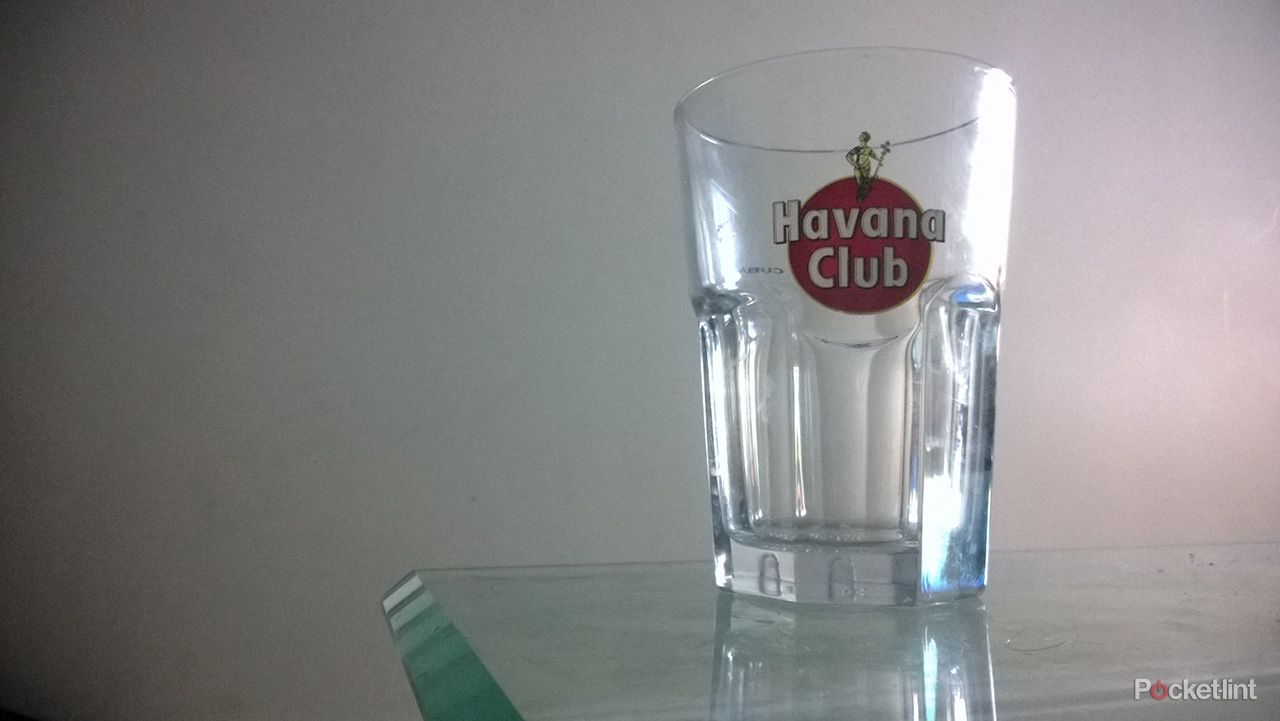The Nokia Lumia 925 may not be a standalone camera but it is one of an ever-growing number of smartphones where the onboard camera's capabilities are brought to the fore. "Spectacularly sharp low-light photos and video," boasts the Nokia website. Okay, that's caught our attention. But just how far does the latest Nokia PureView technology push where the Lumia 925, and smartphones as a whole, sit within a dedicated camera context? We've been living with a Lumia 925 for weeks to see whether it's the smartphone to rock the camera market's boat, or all just marketing hyperbole.
Our quick take
The Nokia Lumia 925 may have a camera system that's peppered with brilliance, but it falls into many of the same pitfalls that its smartphone competitors suffer. The Nokia optical image stabilisation system offers both pros and the cons: it opens up the provision for extended exposure times when shooting hand-held, but this can also be the root cause for blur should there be any subject movement.
Certain photographic rules simply can't be ignored. For some reason the Lumia 925 sometimes thinks otherwise: it needs a more advanced auto system; not every shot needs to be exposed for shadows, which, ultimately, is what the system does with low-light shots compared to its nearest competitors; and the obsessive use of lower ISO settings even when not appropriate can be a frustration - shots on the 4.5-inch screen may appear to look great, only to reveal softness or subject blur when viewed at full size.
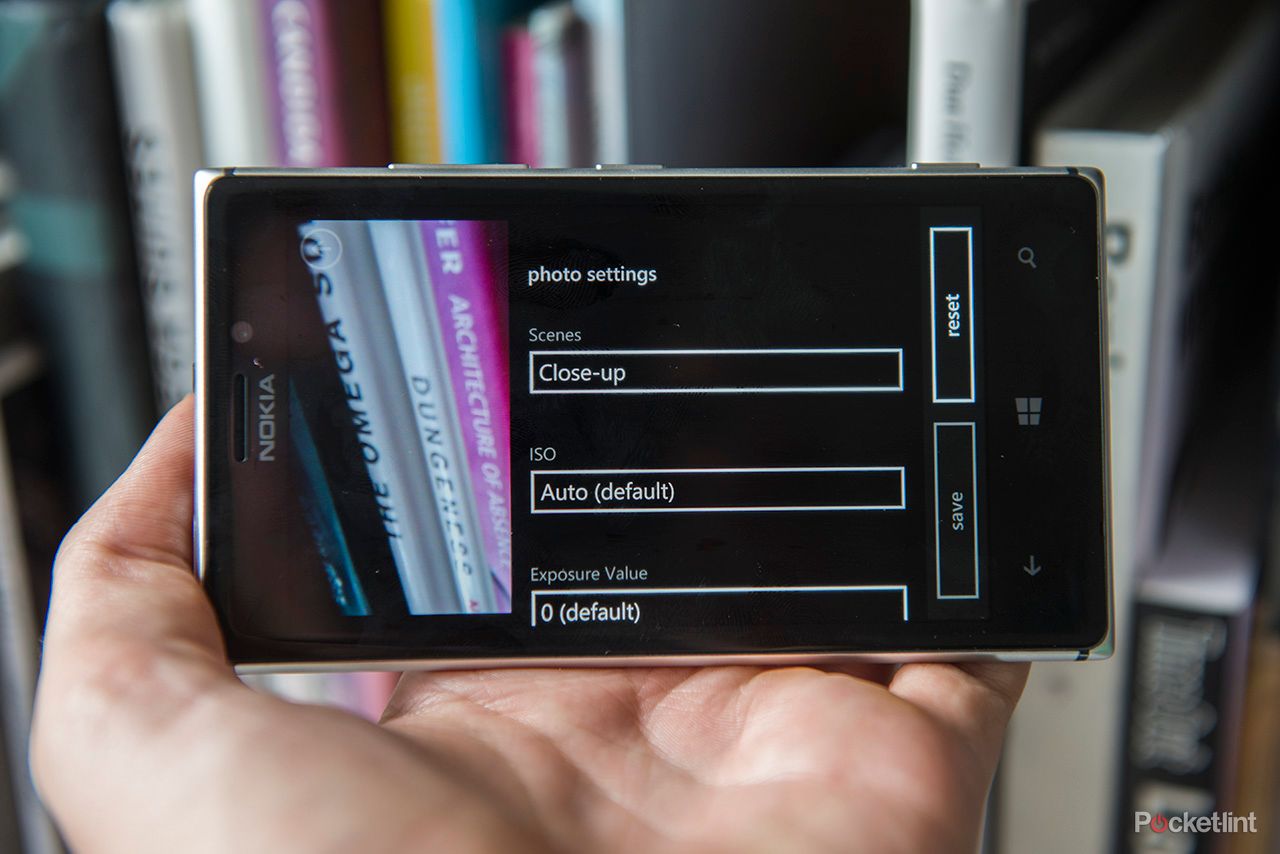
Where the Lumia 925's strengths really lie aren't necessarily down to its resulting images - which are great at the low ISO settings, albeit not necessarily discernibly better than similar competitors - but more its ability to focus on subjects in a variety of conditions. It does a grand job of latching hold of a subject in all kinds of lighting - and it's this which elevates its abilities up a notch. Don't get us wrong, the optical image stabilisation system and resulting extended exposures can produce shots unlike anything else that's out there and, in the right situations, that also elevates the Lumia 925 beyond its competitors.
Take the Lumia 925 for for what it is: a decent smartphone with a built-in camera system as good as - if not sometimes better than - any current smartphone competitor on the market. But it's not better than a dedicated compact camera, so there's context to be considered and a fair distance for the smartphone market to go yet.
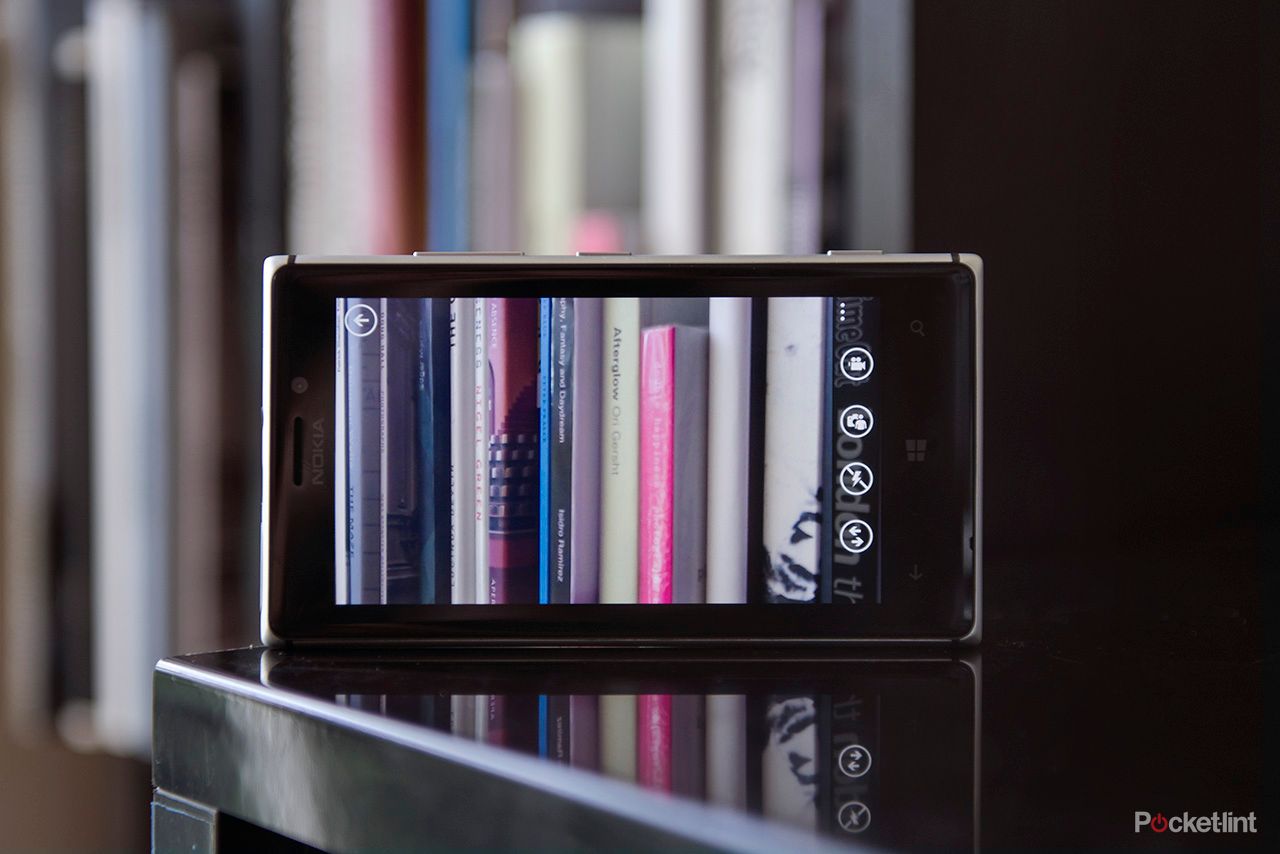
Nokia Lumia 925 camera - 4.0 / 5
| FOR | AGAINST |
|---|---|
|
|
PureView: The myth and mystery
But before we get in too deep, let's rewind to provide a little context. When Nokia started to get excited about its smartphone cameras with the introduction of the 808 PureView, the latter part of that device's name stuck. PureView was born, but was quickly diluted and muddled when the term was bandied about for all future Nokia smartphone releases. Unlike the 41-megapixel 808 PureView, subsequent devices - with the exception of the imminent Nokia Lumia 1020 - were lower resolution and had physically smaller sensors.
READ: Nokia Lumia 1020: We test the smartphone's camera out in New York City
In the case of the Lumia 925 the 8.7-megapixel 1/3-inch size sensor is only a tad bigger - around 10 per cent - than the Sony sensor found in the likes of the iPhone 5 and Samsung Galaxy S4. The resolution is also close to around 10 per cent greater so, pound for pound, the Lumia 925 has sensor level "pixels" the same size as in its near competitors. So where's the magic happening, what makes the 925 claim to be so much better at capturing low-light photos compared to the other phones out there?
READ: iPhone 5 camera review
The BSI - back-side illuminated - acronym might seem like a clue, but this only goes to let us know how the sensor is structured. Similar smartphone sensors - the iPhone 5 included - also have back-side illumination, which refers to the internal wiring moving to the back of the sensor module to open up a cleaner light path. No difference there then.
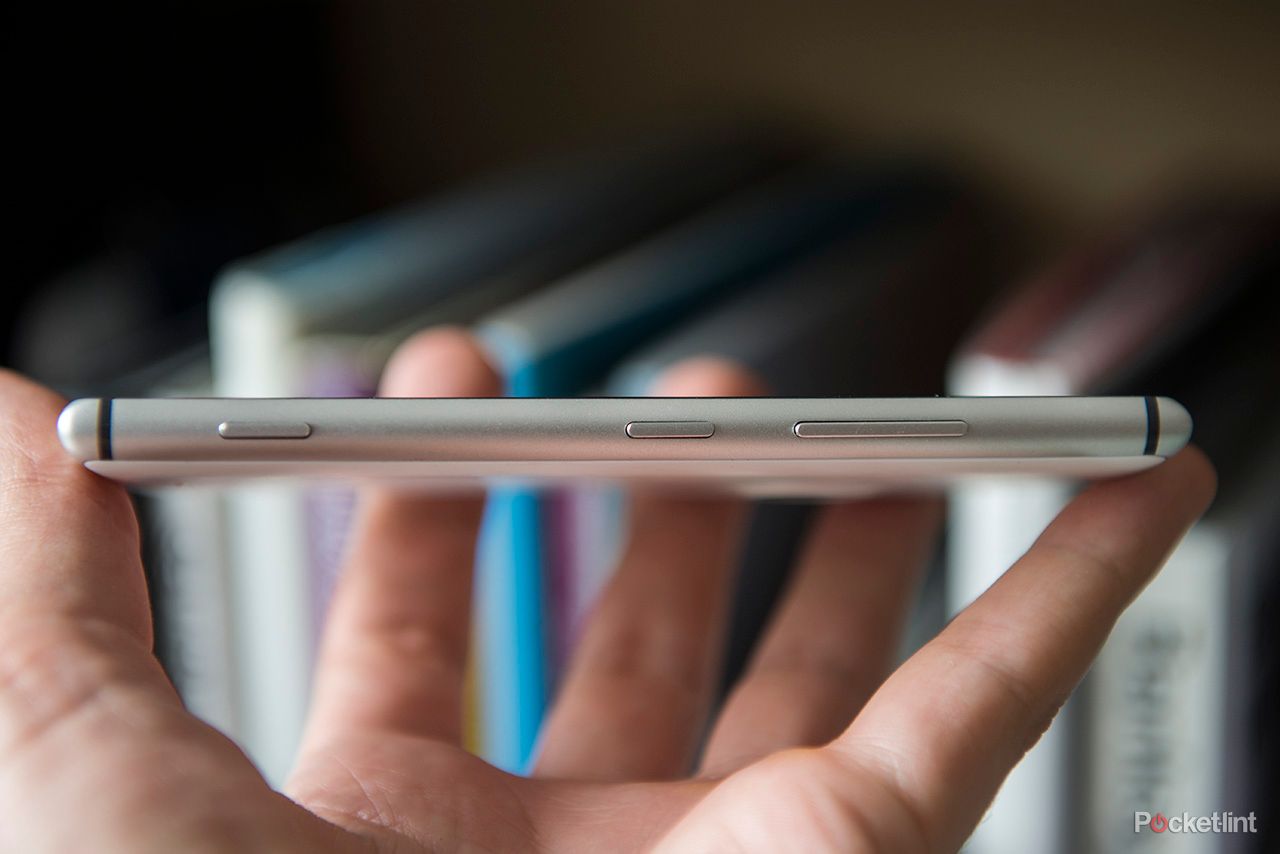
The lens is one aspect: with an f/2.0 aperture plenty of light can enter which is ideal for getting hand-held shots in low-light without the blur. But the iPhone 5's f/2.4 lens is only half a stop slower, which is the equivalent difference between ISO 100 and ISO 150. So, again, not too big a deal.
Floating on cloud nine?
The key feature behind the Lumia 925 is its optical image stabilisation system. Based on design that no other smartphone manufacturer is using, the 925's lens construct "floats" which gives it the ability to move by minute amounts to counteract handshake. Cameras have been using similar methods for a good number of years, but it's taken a long time for a smartphone manufacturer to lay out the goods in a proper fashion. And the Lumia 925 really does deliver.
There's an obvious benefit to having a decent camera built in to your smartphone. As the saying goes: the best camera is the camera that is with you. Typically the Lumia 925 - under the guise of your chosen phone, of course - will be on in standby mode, so you needn't unlock it in order to dive straight into snapping away. A simple press-and-hold of the shutter button will fire-up the rear-facing camera, optical stabilisation system and all, in somewhere around the one second mark. If you're already using the phone but want to take a shot then the process is much the same: press and hold the shutter button to quickly jump from wherever you happen to be and into camera mode. It's quick and easy.
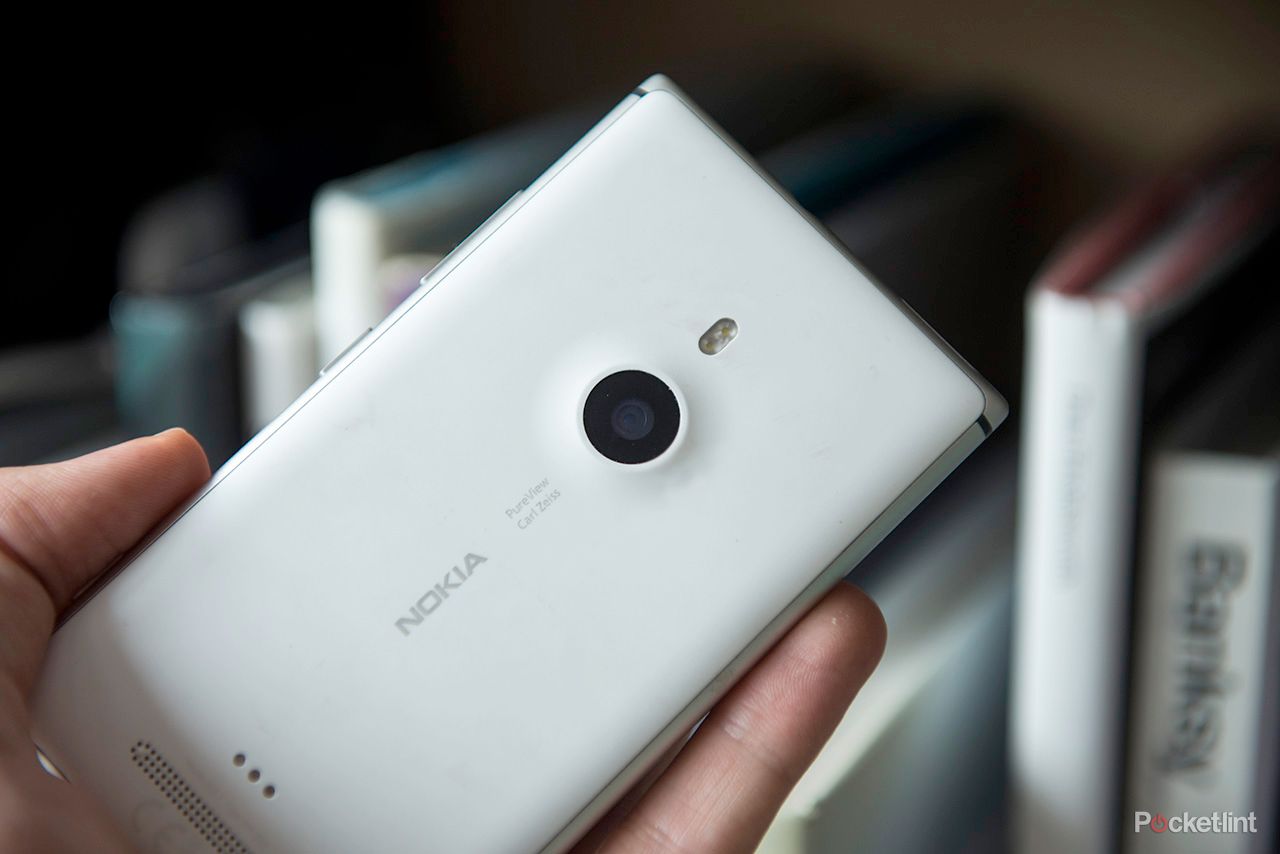
The rear camera's lens is also positioned enough away from the edge of the body to avoid those irritating fingers-in-shots issues, but the design of the phone means we definitely recommend holding with two hands - any less and it's all too easy for the device, which is relatively thin at 8.5mm deep, to slip away and end up bouncing along the ground.
As we're just looking at the qualities of the camera for this review, the rest of the Windows Phone 8 operating system - whether you love, loathe or don't even know how you feel about it - is reasonably inconsequential from a use perspective. What's key about the Lumia 925 is that there's a touchscreen which can be used to adjust settings via tapping the screen, including touch focus and touch shutter to fire off a shot in double quick time.
The shutter button is the only physical camera control - there's no hands-on zoom as per something like the Samsung Galaxy S4 Zoom, which we feel makes for a far more natural phone-like experience, even if it doesn't have the same grunt of zoom capabilities.
READ: Samsung Galaxy S4 Zoom review
Unlike the aforementioned Samsung, the Lumia 925 doesn't offer any optical zoom. A pinch motion on the screen can digitally zoom in by up to four times (4x), but this means cropping into the image which results in a much lower resolution output. That 4x, for example, magnifies the standard 26mm equivalent wide-angle lens to a 104mm equivalent, but cuts the resolution back from the sensor's maximum 8.7MP to a meagre 2-megapixels (approx). Now that may well be around the same number number of pixels as a 1080p TV displays, but it doesn't cut it in the stills imaging world. So if you want zoom, as per pretty much any smartphone, the Lumia 925 isn't exactly going to rush to your rescue.
That expected outcome brushed aside and we're otherwise fairly impressed with how the Lumia 925 works. It's reasonably quick to focus via a half depression of the shutter button - just like a dedicated camera works - and despite some over and underfocusing even low-light conditions are not out of reach. In dim conditions the smartphone will deploy an AF assist lamp to light up subjects and this helps to lock focus - if you'd prefer more discreet operation then the lamp - and the on-board flash - can be deactivated from within the camera's settings.
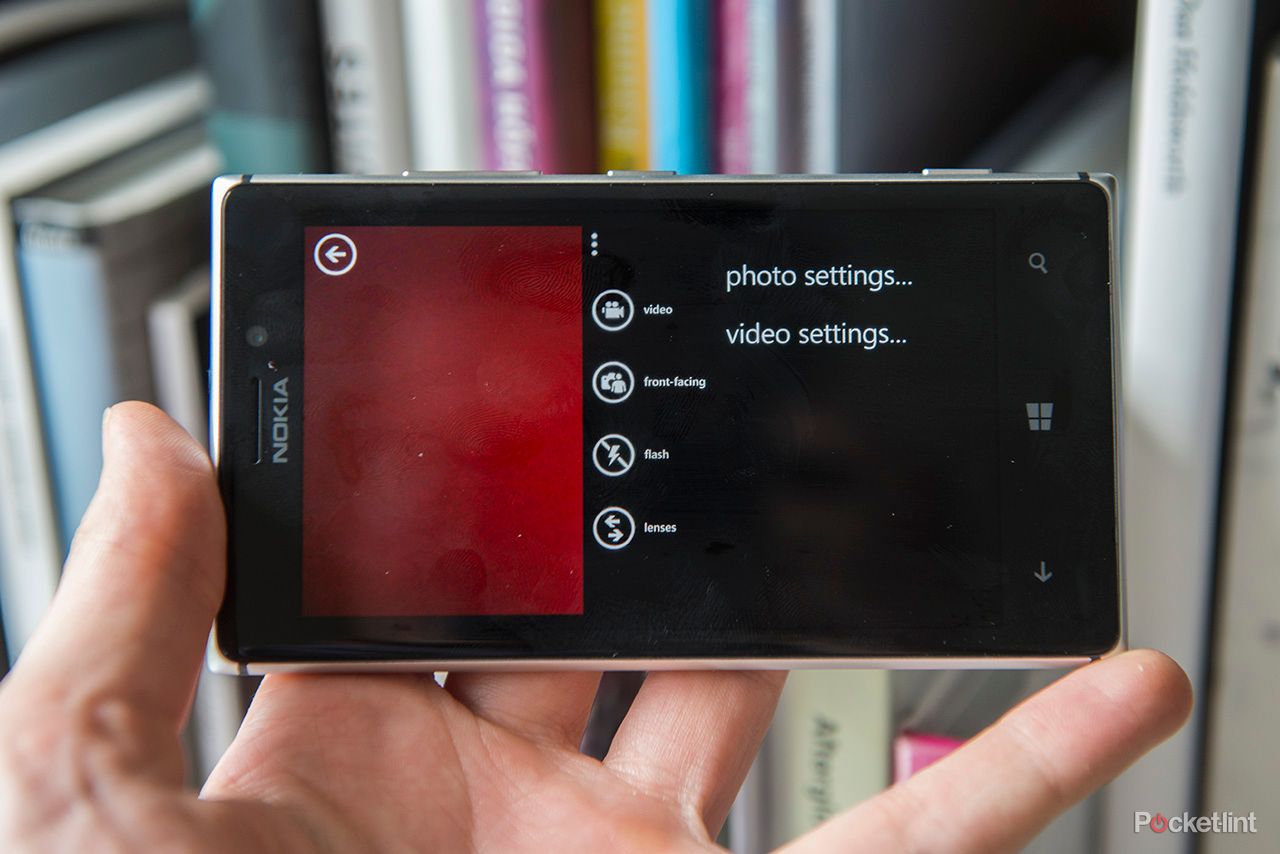
Is the Lumia 925 as fast or as capable as a compact camera? There's a mixed response to that question. In general, no, it's not going to outshine a £500 equivalent dedicated compact camera when it comes to autofocus speed. But in low light - and this is the big sell that Nokia has pushed forward - it does a better job of latching hold of a subject than plenty of other smartphones we've used.
It's not totally perfect, particularly when it comes to close-up focusing: although the lens is capable of a reasonably close-up focus distance, the pre-shot preview screen fails to show this in real time, which makes for chin-scratching moments of wondering whether the shot will or won't focus. It's a try it and see approach, which isn't great.
Proof in the pictures?
But for all the spec and feature highs and lows, it's the final pictures that matter the most. And even here the Lumia 925 is a mixed bag.
Are low-light photos "spectacularly sharp"? Only at the lowest of ISO sensitivities and with the correct subjects. See the camera tries its damnedest to use ISO 100-200 more or less all of the time - even in situations when it simply shouldn't. This is an ongoing smartphone issue: manufacturers are aware that the higher ISO sensitivities lower picture sharpness, introduce image noise, processing artefacts and mutes the colour palette and so opt for lower ISO processing by default.
Nokia Lumia 925 camera review - shot at ISO 100 - click for full size crop
That's a double-edged sword: in daylight the Lumia 925's snaps are glorious, the close-up focus and wide f/2.0 aperture introduces an impressive blurred-background effect for a sensor of such a size, and there's detail galore. When the sun goes down there can be issues: we're not calling into question the optical image stabilisation system, which we think is what steps the 925 up a peg compared to much of the competition, but if a subject is moving then no amount of lens stabilisation is going to cease to capture that movement as blur. What the Lumia 925 should do is detect such motion - as many intelligent auto camera systems can - and know that the ISO needs to be pushed up and the shutter speed limited in order to get a sharp shot.
But doing so brings up another issue: that "spectacular sharpness" is far from it in the mid ISO settings, and the evident processing at the higher ISO settings is also far from desirable. So while we agree that the camera does a better job of focusing in low-light compared to the competition, it's the chosen (auto) settings that can cost the shot. As is stands, the extra couple of stops of added exposure will help bring out shadow details in any given exposure compared to the likes of the iPhone 5 or Samsung Galaxy S4, but that won't necessarily mean miracle people photos depending on the lighting conditions.
Nokia Lumia 925 camera review - shot at ISO 1250 - click for full-size crop
Another point to make is that the 4.5-inch 1280 x 768 resolution OLED screen - that's 2,949k-dots, which is far beyond the resolution in most dedicated camera LCD screens - does a good job of "hiding" the undesirables. Some of the late-night snaps we took in nothing but distant television light got us giddy with excitement at how good they looked… on a 4.5-inch screen. Open up ISO 1600 shots to full 8.7-megapixel scale and they're mottled with image noise, lack detail and the processing has taken its toll. Share a small version and it's all smiles, want to use it larger scale and there'll be the odd tear. In repeat shots we found the higher ISO settings had very inconsistent white balance too, ranging from pink to green or sometimes with a blue hue. Not so at the lower ISO settings.
Like for like, the Lumia 925 runs into many of the same issues as other smartphones. Its PureView approach isn't the more advanced system found in the Lumia 1020 and we think that shows. But up against the current competition and the Nokia takes our preference over the HTC One's low-resolution camera system, and its higher ISO settings - while best avoided and none too great - will give other smartphone manufacturers at least something to think about.
READ: HTC One camera review
We'd also like to see an HDR (high dynamic range) mode on board, as the HTC and even the iPhone 5 win out compared to the Lumia in this department.
WP8: Is it all GR8?
Chances are you won't be buying a smartphone to use just as a camera. That'd defeat the very point in it being a smartphone. But the camera component is of huge importance to current models. As is the operating system and telephony stuff too. Here's where the Lumia 925's Windows Phone 8 platform might stumble for some: it's not as app-happy as the Android and iOS competition.
In terms of camera applications Nokia has done its own work to provide apps under the guise of "Lenses". That's a bit of a misnomer, as the default set offers Panorama, Cinemagraph, Bing Vision and Nokia Smart Cam which, by their very descriptions, aren't lenses as such. Other apps are available, such as Twitter or CNN - but "lenses"? We don't think so.
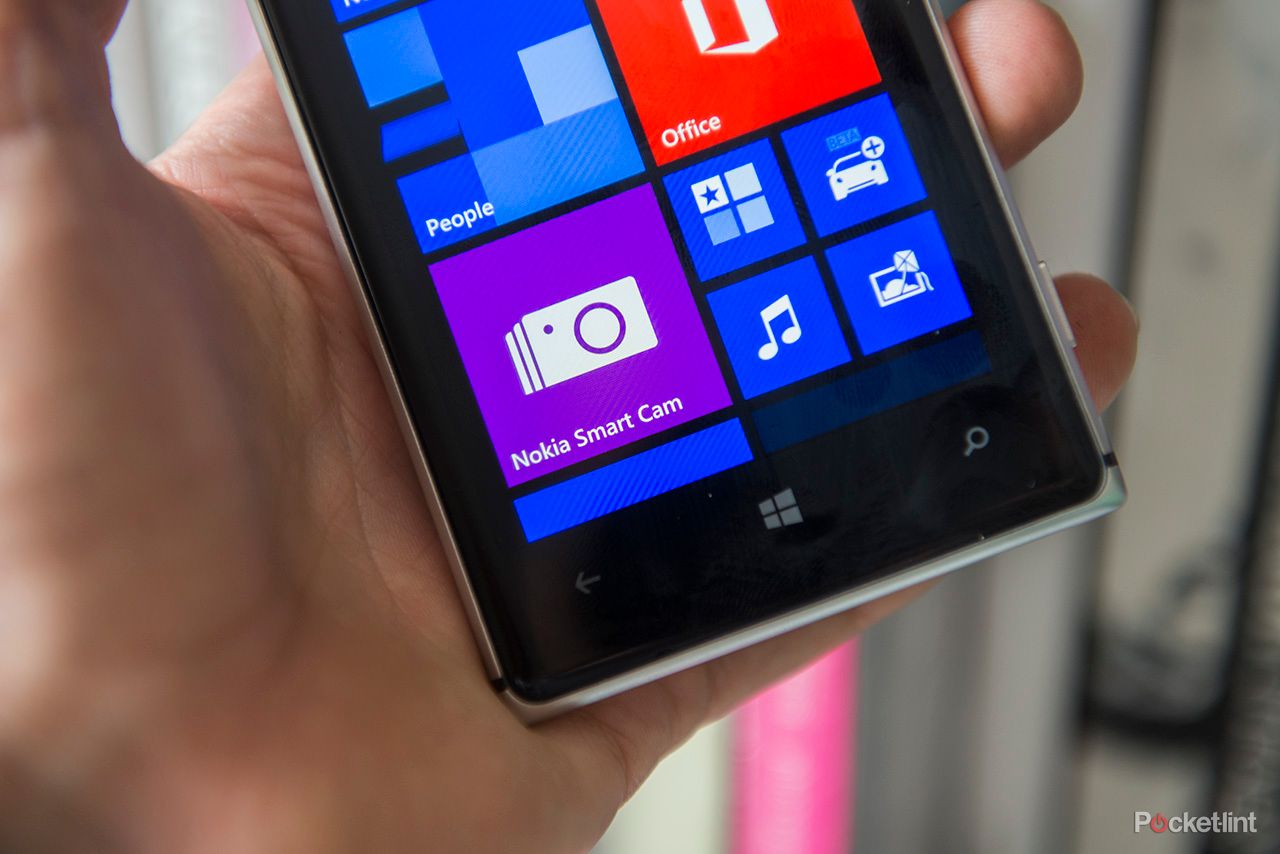
Still, there's good to be had from these built-in app options. Nokia Smart Cam, for example, can shoot a batch of images successively and then select the best of the bunch - ideal for moving images. It can even track a moving object and show it multiple times in one image - assuming the camera is held really steady - which is fun but, ultimately, we found the stitching to be a bit hit and miss. Much the same can be said for Panorama mode. Cinemagram is Nokia's delve into the current trend to produce animated stills - take from that what you will; fun, but not flawless and not suitable for each and every situation.
Overall, though, you'll find the standard camera to be your go-to friend. It could do with a snappier list of options - perhaps a clearer advanced/manual mode - to really lift it above where it currently sits, and a variety of options with quicker selection process (currently you'll need to "save" in order for options to stick) would be welcome too.
Outside of the camera we found Windows Phone 8 to be decent in use, but rather long-winded when it came to extracting photos. A SkyDrive sync is possible to upload pics to an online Microsoft account (8GB for free), but the USB connection wouldn't fire up the Windows Phone Mac app on our test machine. Synching with Facebook, Twitter and the most of usual crowd - although there's no Instagram or Google+, while others, such as Vine, are in production but not available at the time of writing - is just as smooth as with any other current smartphone operating system in our opinion, assuming your go-to service is available of course.
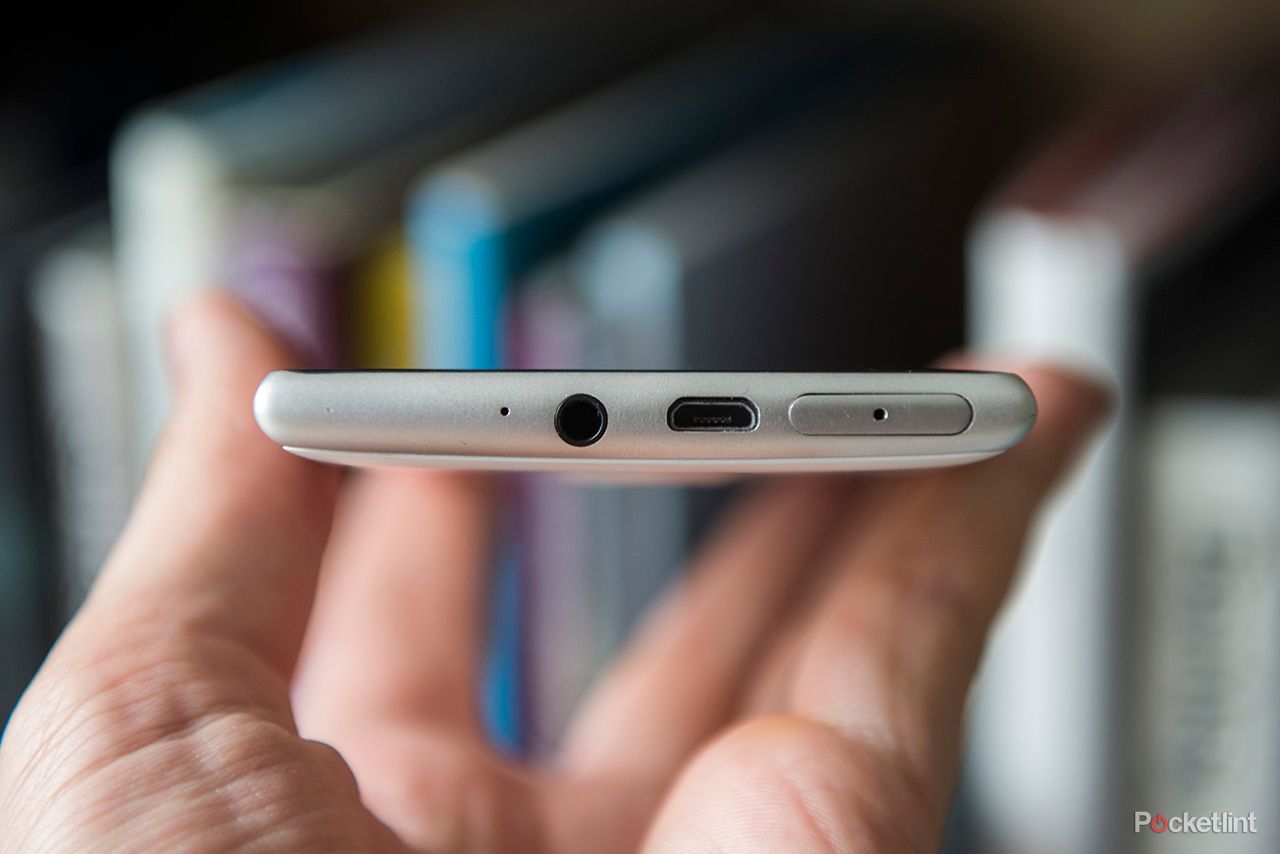
There are other aspects to consider too: The Lumia 925 has SD or microSD slot which means the phone you buy - 16 or 32GB - is the storage space that you're left to work with. That's enough for a boat load of photos, but with lots of apps and other files on board it could be eaten up fast.
To recap
A yo-yo ride of highs and lows, the Lumia 925 is a decent smartphone with a built-in camera system as good as - if not sometimes better than - any current smartphone competitor on the market thanks to its optical stabilisation system and decent autofocus ability. But - context alert - it's not better than a dedicated camera and its "spectacularly sharp" images can't claim such greatness from the mid-high ISO settings where things go a bit skew-whiff.


